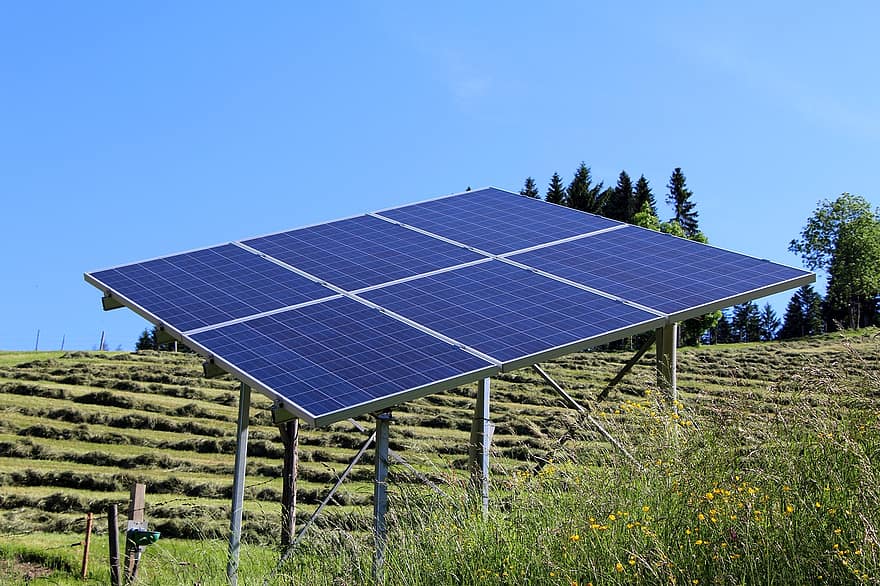“Why not?”
It was this simple question that Wellington-based minister Rev. Peter Harvey posed to his local council that delivered a big result.
Rev. Harvey asked Dubbo Regional Council to sign onto the Cities Power Partnership (CPP) an important clean energy program that aligns with the Church’s climate justice work.
The CPP is Australia’s largest local government climate network that targets greenhouse gas pollution and climate disruption and the hope is that all Australian local councils will sign on.
The Moderator is now asking Uniting members to reach out to their local councils and ask them to join.
“The Uniting Church Synod of NSW and ACT is proud to support the Climate Council’s Cities Power Partnership, which promotes clean energy to councils, towns and cities across Australia,” Rev. Hansford said.
“As a strong supporter of climate justice, the Church is calling on its 50,000 members across 500 congregations to ask local councils to join the Cities Power Partnership and take immediate and decisive action to cut greenhouse gas pollution.”
Rev. Harvey said it was a no-brainer when he discovered that his council weren’t yet part of the project.
“We did have existing relationships with a couple of people on the council. In a meeting we asked if they knew about the CPP and if there was a reason ‘why they hadn’t joined it?’ It was just putting it before them and highlighting the project and the benefits of being part of a national project to speak into the climate debate.
“For Dubbo Regional Council it ended up becoming part of their policy on power and climate within the region. They used the information available from the CPP to guide their policy on power generation and usage within the region, so it was very helpful for them,” Rev. Harvey said.
In 2019, the Climate Action Strategy Task Group was set up to oversee the Synod Climate Action Strategy to reduce carbon emissions across all councils and agencies of the Church and to advocate to Federal, State and local governments to take decisive steps to reduce our emissions nationally.
The Uniting Church has been vocal on the need for climate action since 1977 and was the first major institution in Australia to support the climate strike in August 2019.
All the details on how to do this can be found on the Uniting Earth website.
The CPP requires cities to make five key commitments towards local climate action and focuses on four main areas; renewable energy, energy efficiency, sustainable transport and community advocacy.
Ashley Donnelly






2 thoughts on “Call to ask local councils to join power program”
When you talk about “council” in a UCA context it needs to be clear if you are talking about Church Council or your local Municipal Council.
Using the Electricity Transmission & Distribution Grid to carry the energy from SOLAR PV Arrays is a poor idea. Energy from SOLAR PV is far too precious to lose it like that.
Firstly, the I Squared R losses on the Grid are too high being at least 26% of the PV generated energy.
A better idea is to have every building provide it’s own independent Emergency supply to the tune of about 2.5 kW for the equivalent of each dwelling, separate from the Grid, to provide essential lighting and via a small inverter to run at least 1 refrigerator.
I was apprenticed to the Sydney County Council. I spent most of my working life managing Load Dispatch and maintaining the automatic systems that enable that.
I was more than 60 when I was made redundant, and employed by the Data Acquisition & Control Section of the EC of NSW but my life’s experience and my SOLAR PV experimental system I installed in 1966 have proved the idea is sound.
My only regret is that my experimental system is tiny being only 26 watts total input, but it is still efficient and viable after more than 50 years service.
It uses NiMH Batteries and has a re-chargable capacity of 820 watt-hours at 12V DC and my lighting and other loads use energy at 12V DC.
The refrigeration capacity of the larger system I suggest provides food security during disasters.
My father was Consumers” Engineer for St George County Council ane he introduced Engine driven Induction Generators in the years just after WW2 and dad was involved in a black system re-start when the Induction Generators exceeded the stable operating point and shut down the NSWGR generation system that supplied St George CC then even as far as Port Kembla. I saw first-hand how non-synchronous energy made the synchronous system unstable and shut the whole system down in 1950.
The Bush fires and storms we had at the beginning of this year, suggest to me that the emergency supply idea is far more useful and because the system is independent of the GRID, it reduces the Maximum Demand of the Grid and provides emergency Security for households and makes emergency maintenance during disasters a little less important.
Alan Swales